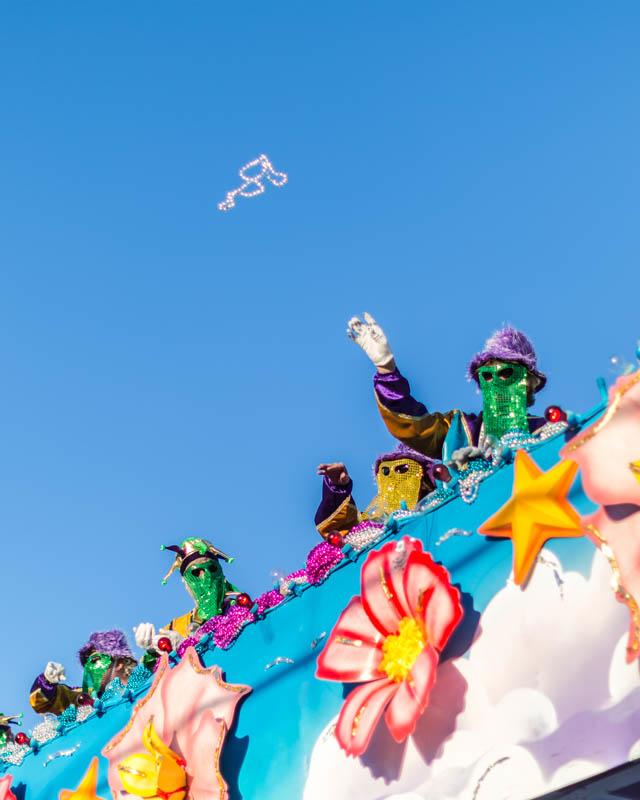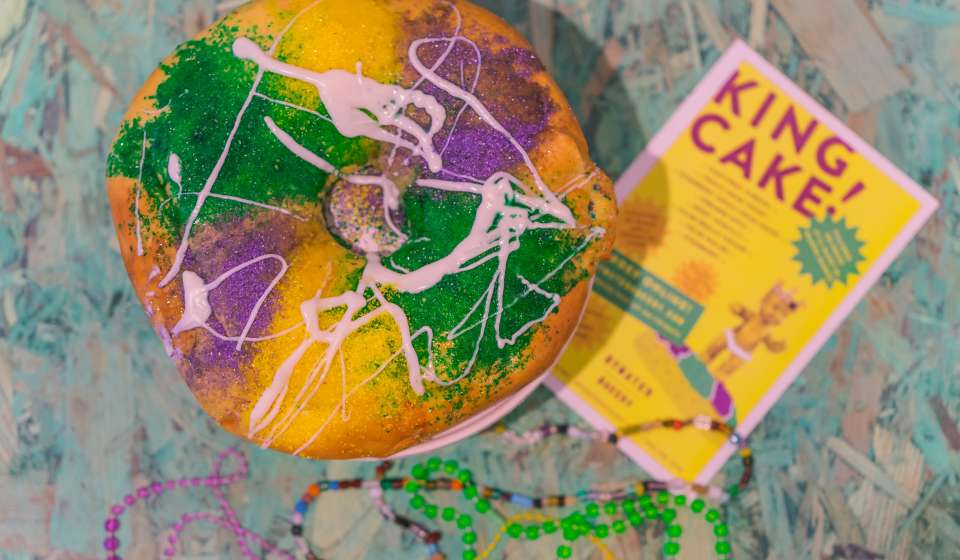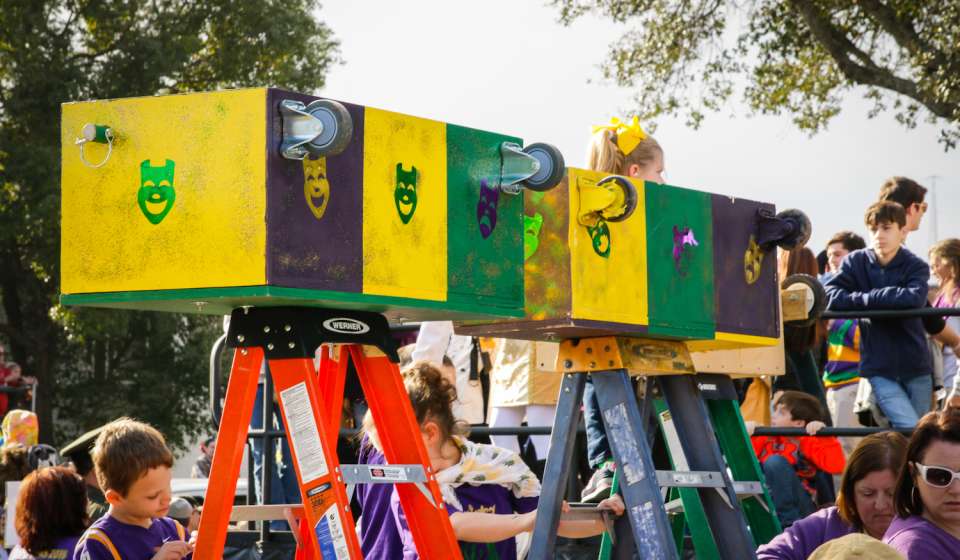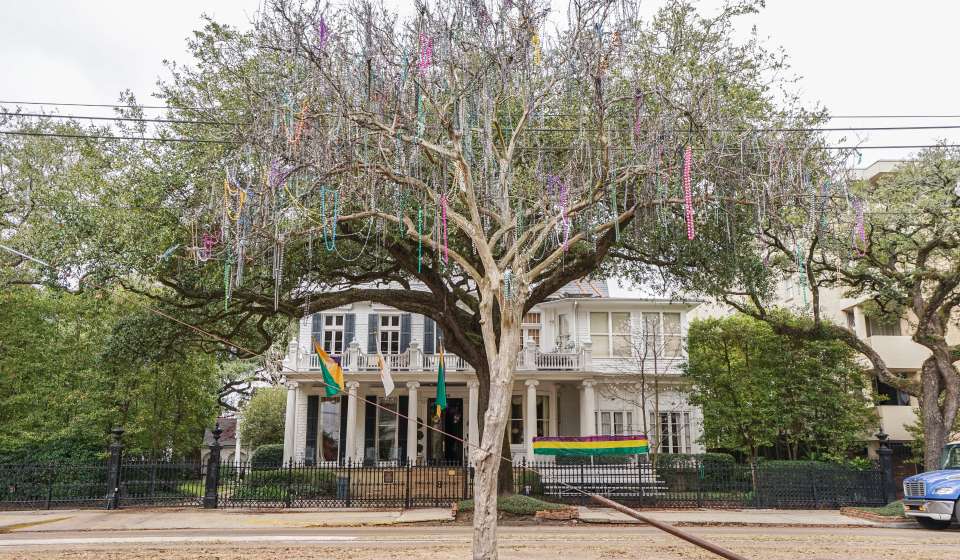
-
Wedding Tools
- Complimentary Planning Assistance
- Destination Wedding Guide Digital Copy
- Elopement Packages
- Marriage License & Legal Essentials
- Checklist
- Welcome Bag Ideas
- Second Lines
- The History of Wedding Umbrellas and More in New Orleans
- Wedding Cake Pulls
- Destination Wedding Guide Printed Copy
- Wedding Inspiration
-
Venues
-
Vendors
-
Pre & Post Wedding
- Wedding Inspiration
- Contact Us
-
Why New Orleans Is Built To Host
- Hotels
-
Meeting & Event Venues
-
Services & Planning Tools
-
Group PR & Marketing Tools
- Convention Calendar
- Testimonials
- Awards
-
Online RFP
- Availability Grid
- Contact Us
Menu
-
Things to Do
-
Eat
-
Drink
-
Stay
- Book a New Orleans Hotel
- Hotel Directory
- Bed And Breakfasts: Hotels - New Orleans & Company
-
Places To Stay: New Orleans Hotels - New Orleans & Company
- Saint Charles Avenue Hotels
- Luxury Hotels
- Garden District Hotels
- French Quarter Hotels and Lodging
- Downtown/Central Business District Hotels and Lodging
- Bourbon Street Hotels
- Green Hotels
- Bourbon Street Balcony Hotels - New Orleans & Company
- Haunted Hotels in New Orleans
- Pet-Friendly Hotels
- Historic Hotels
-
Calendar
-
Trip Planning Tools
- Insider's Blog
- LOVENOLA.TV 24/7 Broadcast
-
Weddings
-
Wedding Tools
- Complimentary Planning Assistance
- Destination Wedding Guide Digital Copy
- Elopement Packages
- Marriage License & Legal Essentials
- Checklist
- Welcome Bag Ideas
- Second Lines
- The History of Wedding Umbrellas and More in New Orleans
- Wedding Cake Pulls
- Destination Wedding Guide Printed Copy
- Wedding Inspiration
-
Venues
-
Vendors
-
Pre & Post Wedding
- Wedding Inspiration
- Contact Us
-
Wedding Tools
-
Meeting Planners
-
Why New Orleans Is Built To Host
- Hotels
-
Meeting & Event Venues
-
Services & Planning Tools
-
Group PR & Marketing Tools
- Convention Calendar
- Testimonials
- Awards
-
Online RFP
- Availability Grid
- Contact Us
-
Why New Orleans Is Built To Host
-
Groups
-
Travel Professionals
-
Membership
-
Press and Media
- Community
Booking
>


Mardi Gras Float Riders
x
Mardi Gras Fun Facts
New Orleans History & Rituals
Mardi Gras in New Orleans is quite the spectacle - but there are a lot of hidden secrets and behind-the-scenes magic that bring the celebration to life. Ever wondered what the most coveted throws of Carnival are, or why an array of colorful ladders line St. Charles Avenue? Learn all about Mardi Gras in New Orleans with these 12 fun facts.
- Mardi Gras is more than just a day, it’s an entire season. Carnival season begins on Twelfth Night (January 6) and ends on Fat Tuesday. It’s during this time period that king cakes make their debut - and fly off the shelves all season long.
- Mardi Gras Indians’ elaborate “suits” are hand-sewn with thousands of beads and take all year to make. A new suit is made each year.
- Colorful ladders with seats line St. Charles Avenue on parade days so that children can get a clear view. Parade-goers use the ladders to hold their spot prior to the parade starting.
- Krewes choose a different theme for their parades each year, with some krewes keeping their themes secret until their parade is rolling.
- According to Arthur Hardy, a premier authority on Mardi Gras in New Orleans, items have been tossed off floats since at least 1871. During the Twelfth Night Revelers parade, a masker costumed as Santa Claus aboard float No. 24 threw gifts to the crowd. In 1884, Rex started using medallions instead of trinkets. These medallions are represented by today's doubloons: aluminum and anodized in many different colors.
- “Throw Me Something, Mister” are the magic words used to catch all the throws at Mardi Gras parades.
- Zulu coconuts, Muses shoes and Krewe of Iris sunglasses are some of the most desired signature “throws” of the season. Revelers go all-out in attempts to catch these, including dressing in colorful costumes, making posters and holding out butterfly nets and targets for float riders to throw to.
- There is a city ordinance in Orleans Parish that prohibits Mardi Gras from being commercialized. No corporate sponsorships are allowed on floats. All expenses are paid by krewes and riders.
- Beads “grow” on trees during Carnival season in New Orleans. Tree-lined St. Charles Avenue transforms into a Mardi Gras wonderland by the time Fat Tuesday rolls around.
- Float riders are required by law to wear masks or face paint.
- Traditionally, the Mayor of New Orleans hands over the key to the city to Rex, the king of Carnival, on Mardi Gras Day.
- To officially end Carnival celebrations, New Orleans police officers on foot and mounted on horseback move through the crowds on Bourbon Street at midnight on Mardi Gras Day. The Mayor often joins.












